Indonesia’s economy 2024
Feb 28, 2025
Resilient growth amid challenges Indonesia’s economy continued to expand in 2024 despite global
Vietnam market research chronicles consumer trends
A 15 minute read.
Cimigo, the leading market research company in Vietnam, chronicles changes in consumer marketing environment with 10 major trends. The results were presented at the Viet Capital Investment Conference and can be downloaded here. Vietnam has changed immensely since 2005 and this Vietnam market research chronicles how that change has impacted the consumer marketing environment with 10 major trends.
300% economic growth over the past 11 years can be attributed to high income households and urban growth. Between 2005 and 2016, spending on advertisements has increased 648% to US $2.0 billion, GDP per person has increased 279% to US$2,019, and the economy has increased 323% to US $186 billion. However, there a few important statistics that explain the root cause of this economic growth.
The overall population of Vietnam has grown 12% to 91 million ibetween 2005 and 2016. However the rural population has only grown by 747,000 in that timeframe, while the urban population has grown 40%. Currently 34% of Vietnamese population is urban.
Urban Vietnamese households with over US $500 per month increased 111% over the past 11 years. That growth is less than the advertising spend growth, the GDP per person growth and the economic growth over the past 11 years. The reality is that many households have been left behind and watched the economy being developed around them. High income households, representing the upper and middle class, have doubled over the past 11 years. Overall the economy has progressed at light speed, only globally matched by the exponential growth in China in the 1980’s.
Vietnam is still a very young population with the largest population group being Young Single at 36.8 million or just over 40% of the population in 2016. In 2005, the three largest population groups were Young Single (45% of the population), Young Married With A Child Under 10 Years Old (22% of the population), and Young Married With No Kids (11% of the population). However all of these population groups experienced negative growth from 2005 to 2016 and are expected to decline into 2025.
From 2005 to 2016, the three fastest growing population groups in Vietnam were Old Singles at 75%, Empty Nesters at 64%, and Married With Their Youngest Child Between 9 and 20 Years Old at 36%. By 2025, these population groups are expected to grow 78%, 54%, and 61% respectively. In 2005, 33% of Vietnamese households had no children; that number increased to 45% in 2016. The Empty Nester group represents couples whose children have left the home; they have no dependents in the house and more disposable income.
In Vietnam, these empty nesters are likely be in their early 40s because people have children much younger in Vietnam than in the west. The biggest long-term opportunity will be wealth in households that no longer have dependent children. It is amongst the silver haired over 40s in urban Vietnam, where the biggest opportunities lie over the next 15 years.
Since 2005, there has been a dramatic shift in the retail environment. From 2005 to 2016, the number of modern convenience stores has exploded from 135 to 2100, and the number of supermarkets has skyrocketed from 47 to 1035 in the same time frame. Despite the rapid growth in outlets the modern trade share of retail sales in Vietnam, has grown only 3% from 2005 to 2016, moving to 18% share of retail sales in Vietnam (off course absolute sales have grown dramatically). Ecommerce now represents 2% of sales with traditional retail stores, largely family owned, still accounting for 80% of all retail sales.
Vietnam Ecommerce in 2005 was limited, but profitable, Vietnam ecommerce looked very different, for example Vinagame, providing scratch cards to consumers for Internet cafes or Internet games. In 2016 ecommerce still relies on cash on delivery; however money is not yet being made on what is largely venture capital fuelled e-commerce land grabs. Just look at Lazada’s losses and their sale to Alibaba.
Retail stores and ecommerce in Vietnam are on a land and share grab; they are hoping that staking a claim now will enable them to make good money once the consumer in Vietnam has caught up. Providers are buying sales and transactions to gain transactional growth because they need to overcome the traditional multi-generation family business.
These family businesses know their customers and their customer’s families, have their customer’s trust, offer home delivery and maintain low overheads as they live above their stores. Most shoppers in Vietnam do not need to get of their motorbike at traditional stores to make their desired purchase. These traditional stores are already super convenient.
Juxtaposed with a modern convenience store in Vietnam that is well….not so convenient. Shoppers must park, find and select their own goods. The shopper has no relationship with the store staff and will get no personal recommendation nor personal greeting. The modern retailer is also competing for prime rental real estate, does not know the preferences of every customer, has high staff turnover amongst low paid poorly trained service staff.
The modern convenience store is not solving a shopper problem in Vietnam, they are more expensive and less convenient. Many convenient stores are morphing into fast food outlets serving drinks and empty calories to teens and young adults as they seek ways to increase basket size. Yet most of these shoppers are snacking on the go, enjoying a seat with wifi and air conditioning, with purchases limited to two or three low value items.
Vietnam shopper behaviour is stronger in traditional retail store, multi-generation family owned businesses, offer advantages over the modern trade.
The past 11 years has seen a lot of growth for hotels, restaurants and cafes. In 2005, there were the franchises of Trung Nguyen cafes and the chains of cafe Highlands; in 2016 there are 8 cafe brands and over 160 outlets. In 2005, beer gardens were the hot thing and the Vietnamese were drinking an average of 6.6 litres of beer per person; in 2016 multi brand beer clubs gain popularity and average Vietnamese beer consumption per person jumped to 41.24 litres.
Among the top concerns of Vietnam consumers, right behind money and economic health, is health. In 2005 consumers were concerned about food safety, ingredient content, and product content. Consumers also had growing concerns about pollution, infrastructure stress, school capacity, and healthcare capacity due to urbanization 11 years ago.
In 2016, food safety is still a concern, but food concerns have also evolved to a popularity in organic foods, bringing back traditional Vietnamese herbs and spices, farm to table sourcing and using traditional remedies. Organic products like Vinamilk are making statements as brand names, and stores like Vinmart have been investing in farm to table sourcing.
Pharmaceuticals have grown massively in Vietnam, being one of two Fast Moving Consumer Goods that grew in 2017. Vietnam advertising and spend on traditional remedies has been extraordinarily high. Most of these traditional medicine companies are Vietnam based with very long R&D funnels and products yet to be launched. 60% of healthcare spending is going to traditional remedies.
There are now more than 140 stores from 6 Vietnam pharmacy chains, including Pharmacity and Phano . Health lifestyle businesses have also increased; there are over 120 branded gym chains that did not exist in 2005, and there are more than 150 branded health and beauty stores like Medicare, Guardian, and GNC.
Vietnam conspicuous consumption is about status and showing off what you bought, this translates into investing in the purchases that are with you all the time. In 2005, conspicuous consumption was focused on the motorbike that you drove. In 2017, conspicuous consumption has jumped to the mobile phone that you own. In 2005, The Gioi Di Dong (Mobile World) had opened their fourth store; today they have 1,000+ stores nationwide. Other mobile phone retail chains that have expanded include FPT , Viettel and Viet Thong A. The replacement cycle for mobile phones has decreased dramatically as they become the new signal of social status.
The past ten years have seen an increase in consumer finance. In 2005, consumer finance reached 3.6% of GDP at US$1.6 billion in consumer loans; in 2015, it was an estimated 9% of GDP at US$16 billion. This growth in consumer borrowing has continued into 2017, with large consumer purchases supporting conspicuous consumption. In 2005, 6000 new apartments were sold in Vietnam, while in 2017, 59,000 new apartments were sold. In 2005, just over 25,000 new passenger cars were sold. In 2017, just over 179,000 new passenger cars were sold.
Quick approval processes for unsecured loans have fuelled the growth in consumer financing. Home and improvements account for approximately 40%, home appliances and electronics 30%, and motorbikes and cars 15%. Keeping up with the Nguyen’s is made far easier with this easy access to unsecured consumer finance in Vietnam.
However, keeping up with the Nguyen’s is no longer just about the things you buy, it’s also about education. Education means getting ahead and taking advantage of the opportunities in the market. In 2005, there were 14 premium private English language centers in Vietnam. In 2017, there are 115. In 2005, 3,000 students went to the US for education. In 2017, that number reached 21,000 students who contributed nearly $700 million dollars to the US economy.
The rise of social networks has made self expression much easier for consumers in Vietnam. In 2005 self expression on social networks was present on Yahoo blogs, karaoke, and through football mania. In 2017, Facebook was the largest site for self expression, followed by Zalo and Instagram. The growth in internet, social media and instant messaging applications is enabling 46 million consumers in Vietnam to express themselves with emoticons, stickers, selfies and status updates.
Changes are happening in media consumption as mobile drives internet penetration. Nationally, 54% of the population is accessing the internet in 2017; in 2005 13% of the population had internet access. Frequent online access is higher in urban areas reaching 82% and 20% frequent access in rural areas in 2017. Smartphone’s have also experienced a huge growth with up to 48% usage in Vietnam.
Mobile access to the internet is changing the habits amongst online consumers in Vietnam. Smartphone usage now accounts for 34% of online page views. For many consumers in Vietnam their first online experience is via mobile, having leapfrogged other devices.
The final Vietnam consumer market trend shows a shift in consumer fulfilment from new brands to new experiences. In 2005, fulfilment was focused on the purchases of new brands and new durables. In 2017, consumers in Vietnam are seeking new experiences, places, and adventure particularly those which can be socially validated and shared to provide a sense of actualization.
This trend is demonstrated through leisure travel and tourism habits. In 2005 there were 16 million domestic travellers, however, in 2017, there were 57 million. International travel increased as well, with 230,000 Vietnamese going to Thailand in 2005, and 830,000 in 2017. The main drive to this trend is personal fulfilment and social validation.
We hope you feel more confident in your knowledge of consumer trends In Vietnam, stay tuned for more cutting edge Vietnam market research from Cimigo.

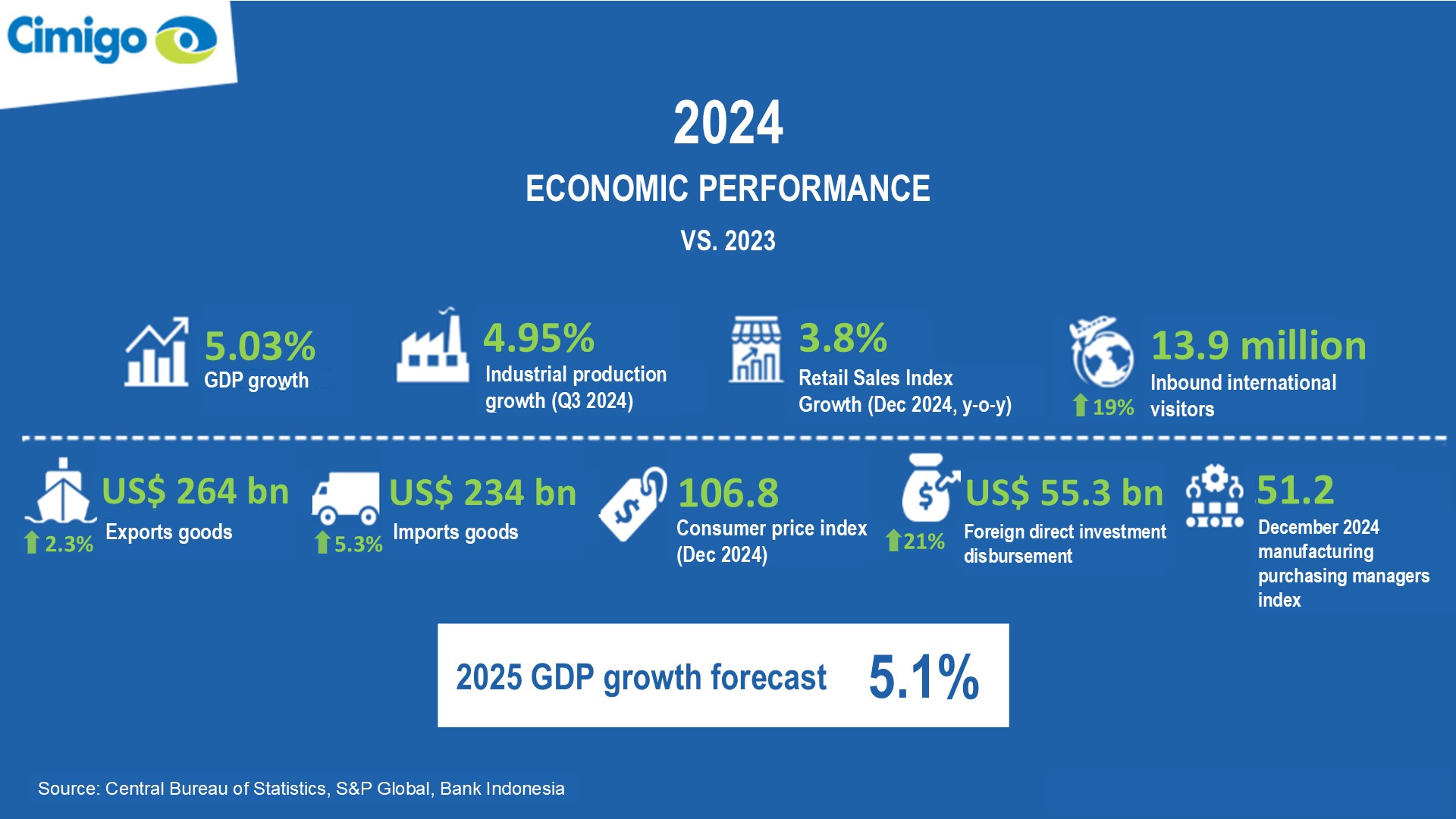
Indonesia’s economy 2024
Feb 28, 2025
Resilient growth amid challenges Indonesia’s economy continued to expand in 2024 despite global

Vietnam consumer trends 2025
Feb 23, 2025
Vietnam consumer trends 2025 Vietnam consumer trends 2025 explores the eight reasons Vietnam will

Beyond beauty: The changing face of personal care in Indonesia
Jan 27, 2025
The personal care market in Indonesia is undergoing a significant transformation, with consumers

Lisa Nguyen - VN Marketing Lead

Sam Houston - Chief Executive Officer

Minh Thu - Consumer Market Insights Manager
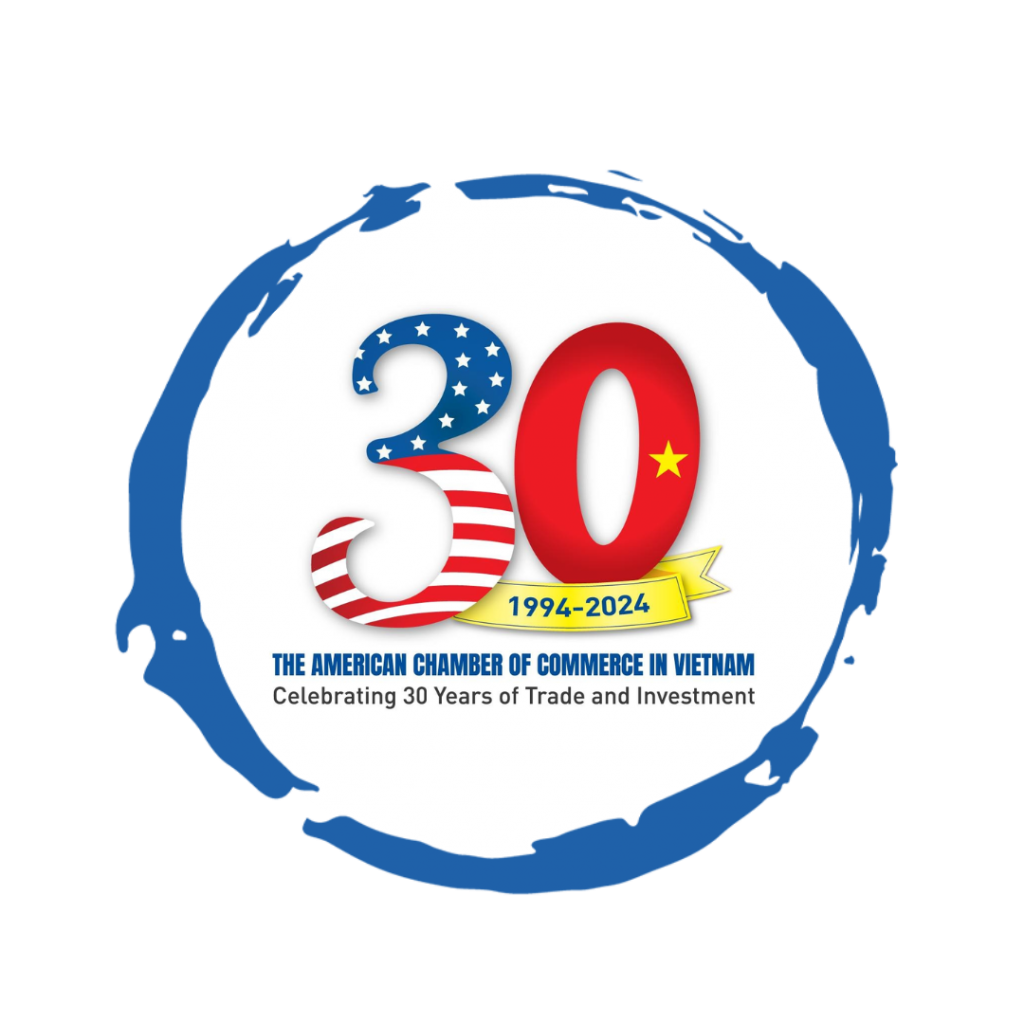
Travis Mitchell - Executive Director

Malcolm Farmer - Managing Director
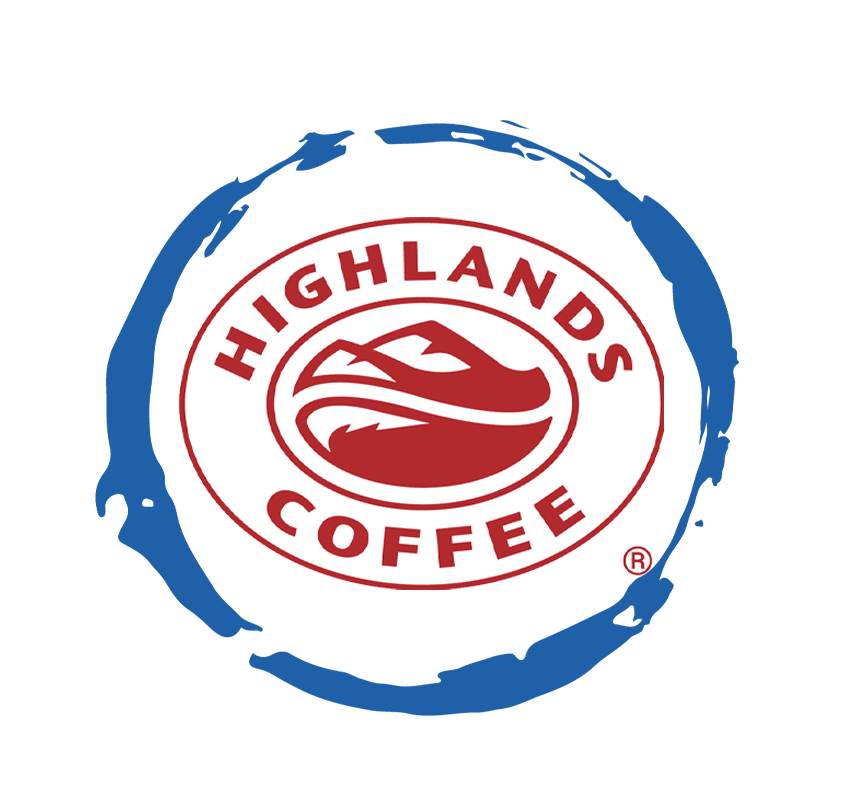
Hy Vu - Head of Research Department
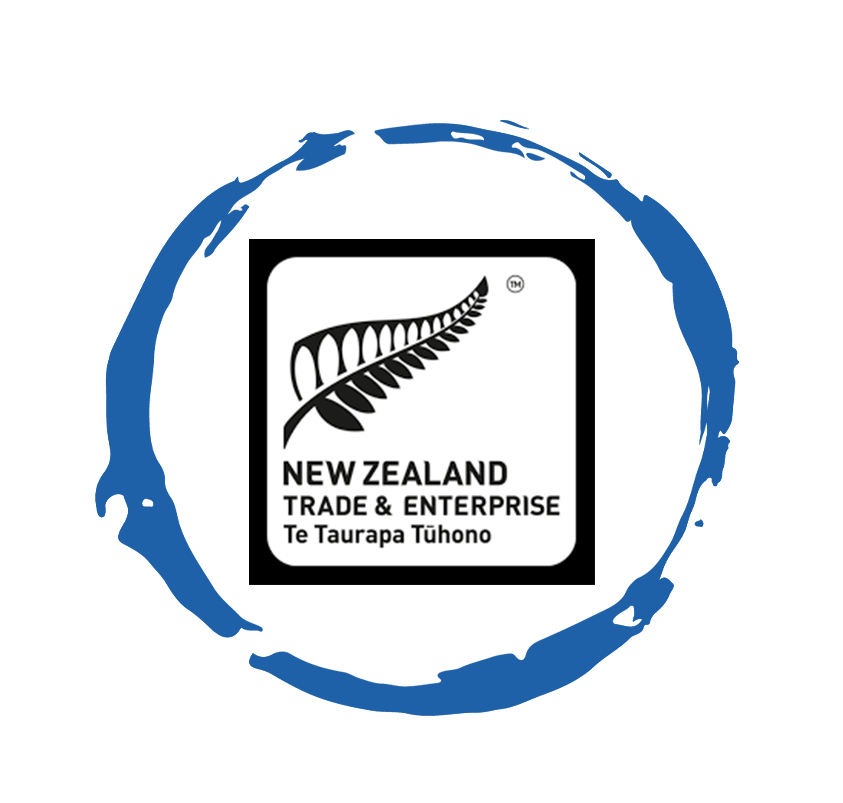
Joe Nelson - New Zealand Consulate General
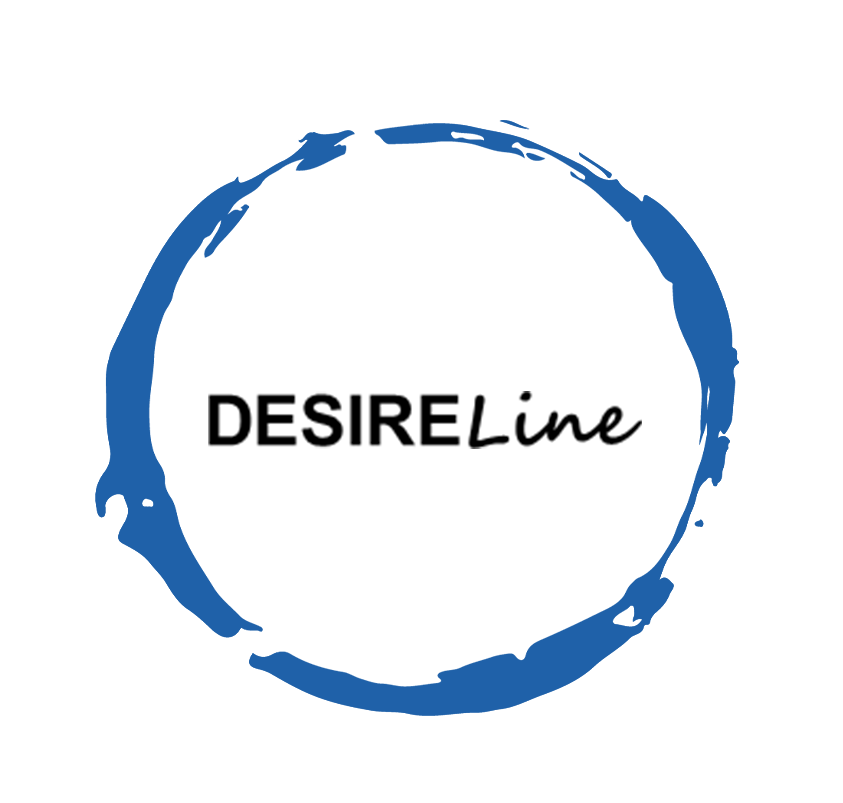
Steve Kretschmer - Executive Director
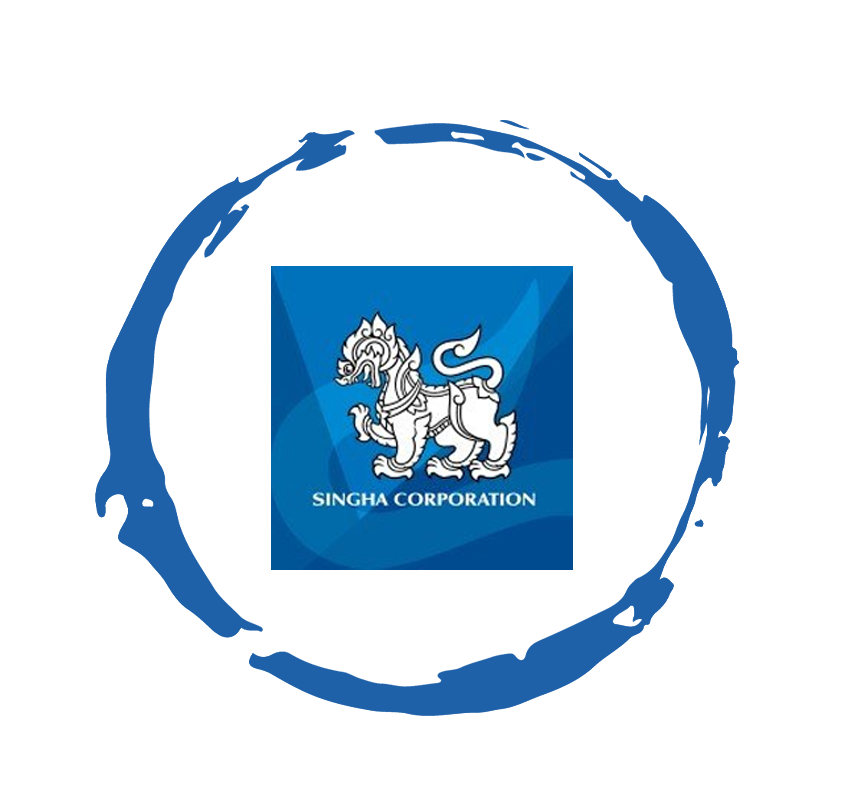
York Spencer - Global Marketing Director
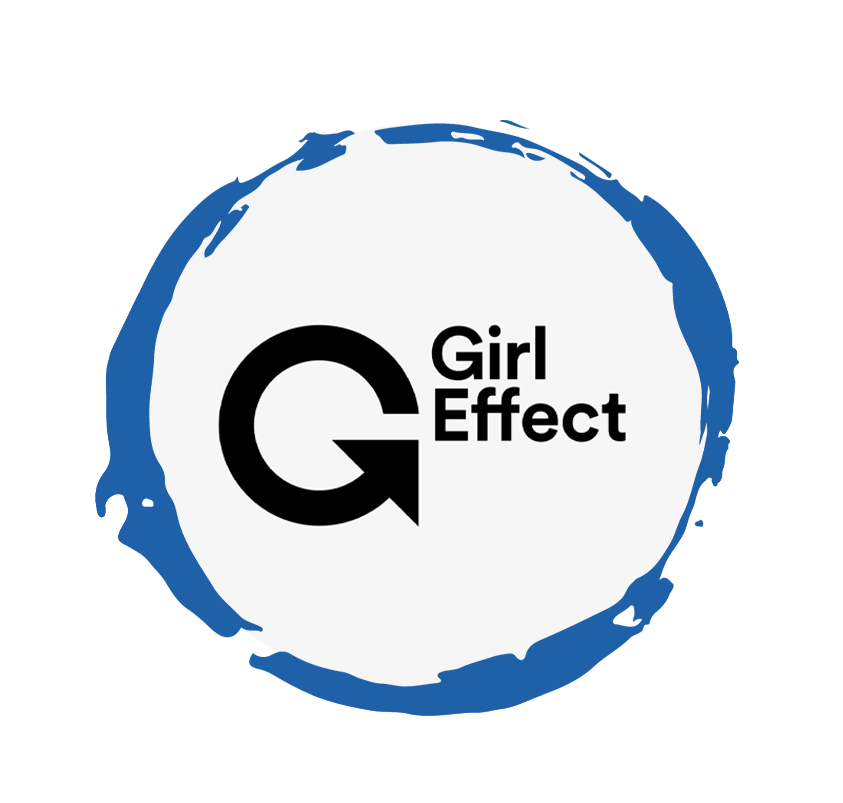
Laura Baines - Programmes Snr Manager
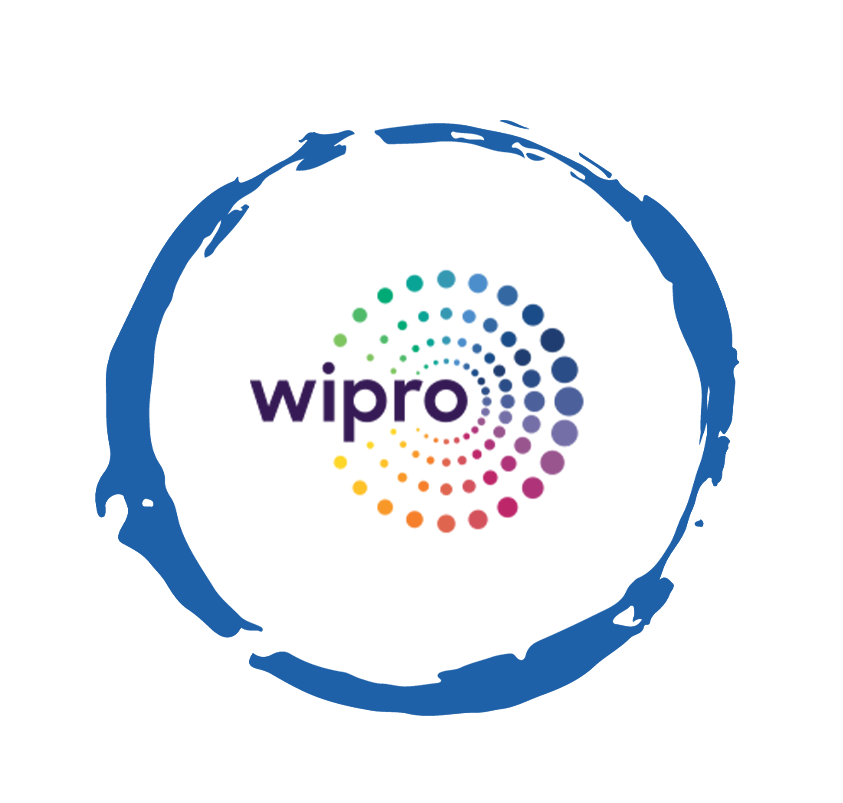
Mai Trang - Brand Manager of Romano

Hanh Dang - Product Marketing Manager

Luan Nguyen - Market Research Team Leader
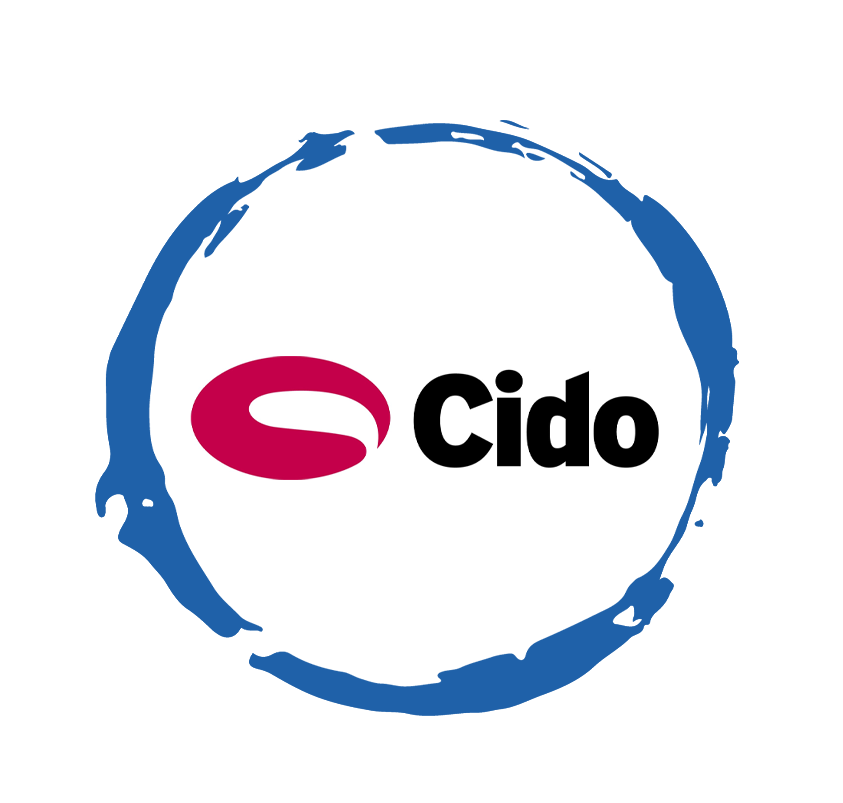
Max Lee - Project Manager

Chris Elkin - Founder

Ronald Reagan - Deputy Group Head After Sales & CS Operation
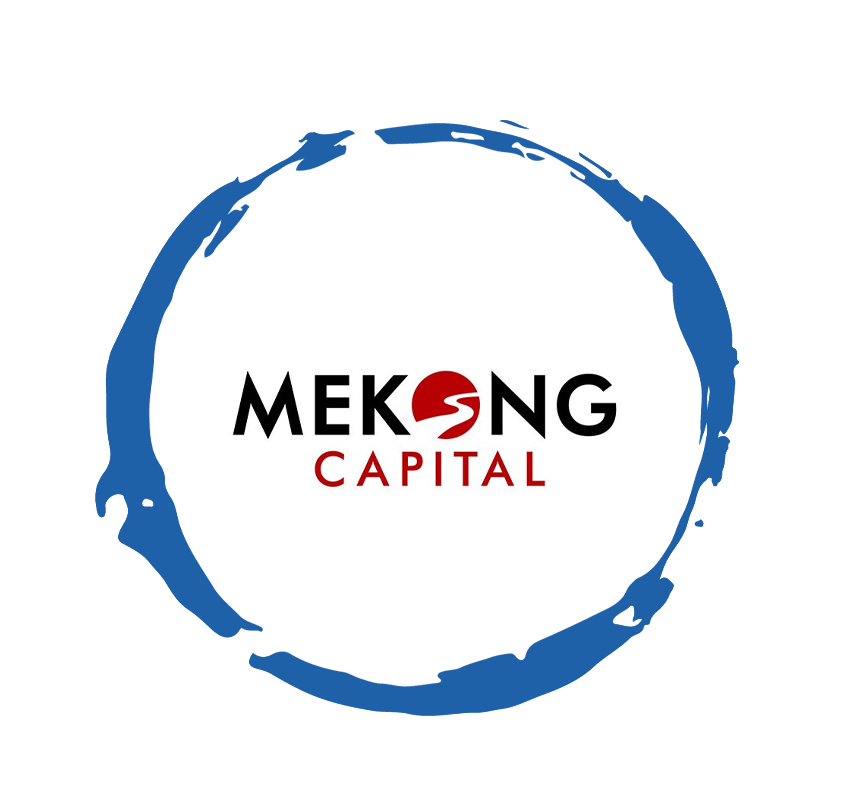
Chad Ovel - Partner

Private English Language Schools - Chief Executive Officer
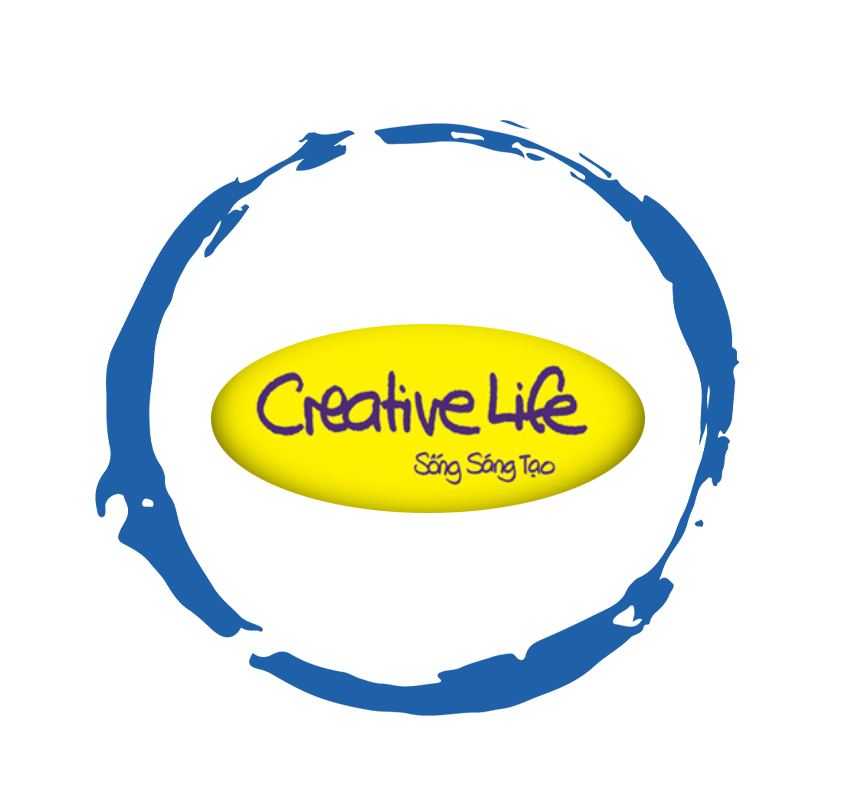
Rick Reid - Creative Director

Janine Katzberg - Projects Director

Anya Nipper - Project Coordination Director

Dr. Jean-Marcel Guillon - Chief Executive Officer
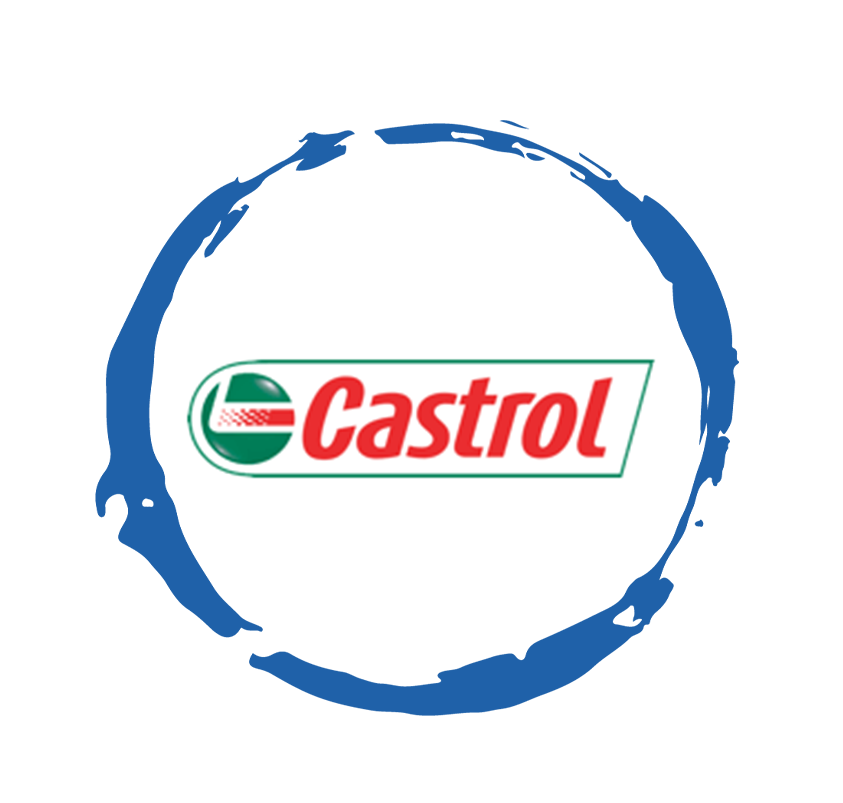
Joyce - Pricing Manager

Matt Thwaites - Commercial Director
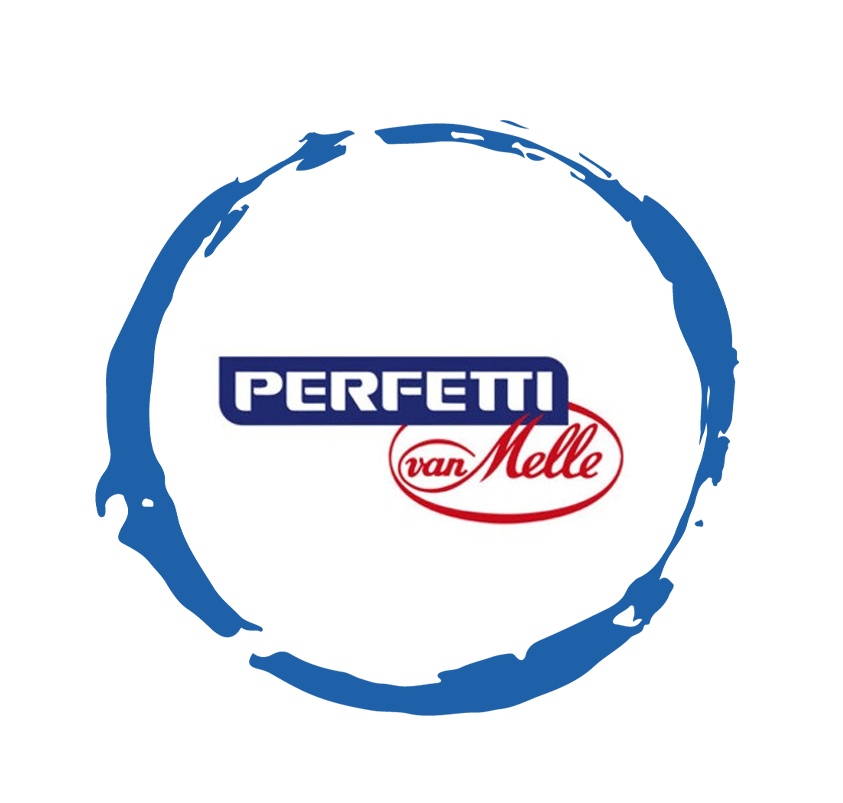
Aashish Kapoor - Head of Marketing

Kelly Vo - Founder & Host
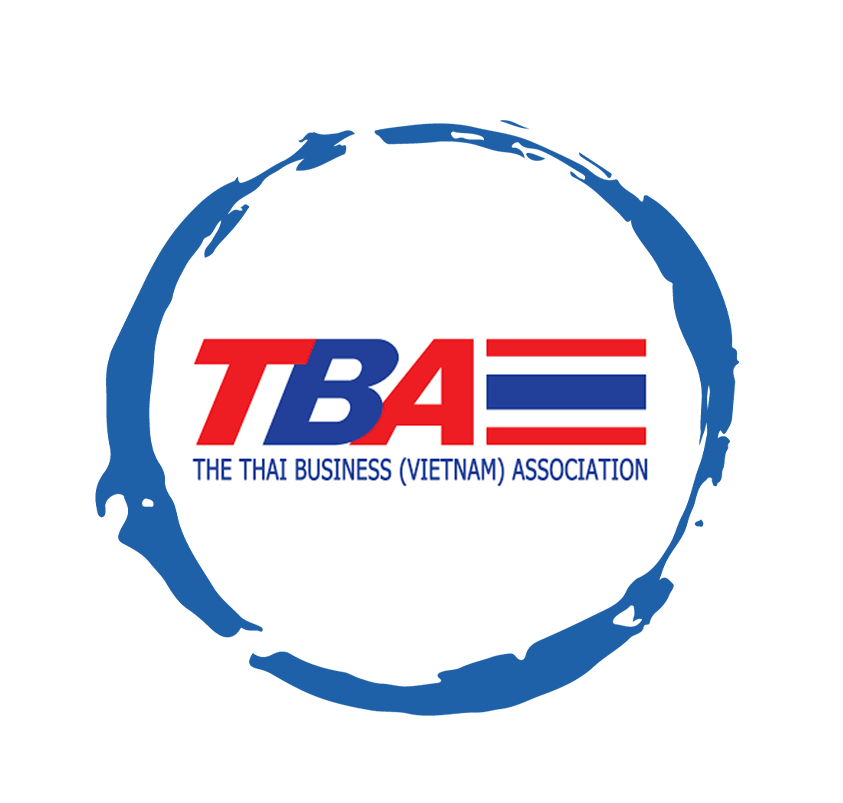
Thanyachat Auttanukune - Board of Management
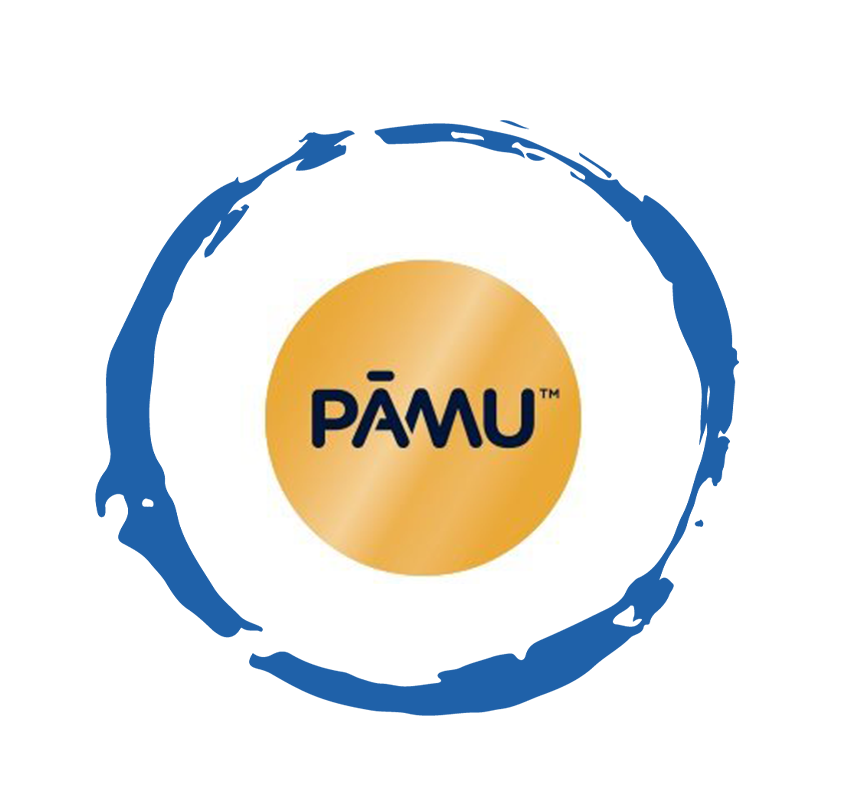
Hamish Glendinning - Business Lead

Thuy Le - Consumer Insight Manager
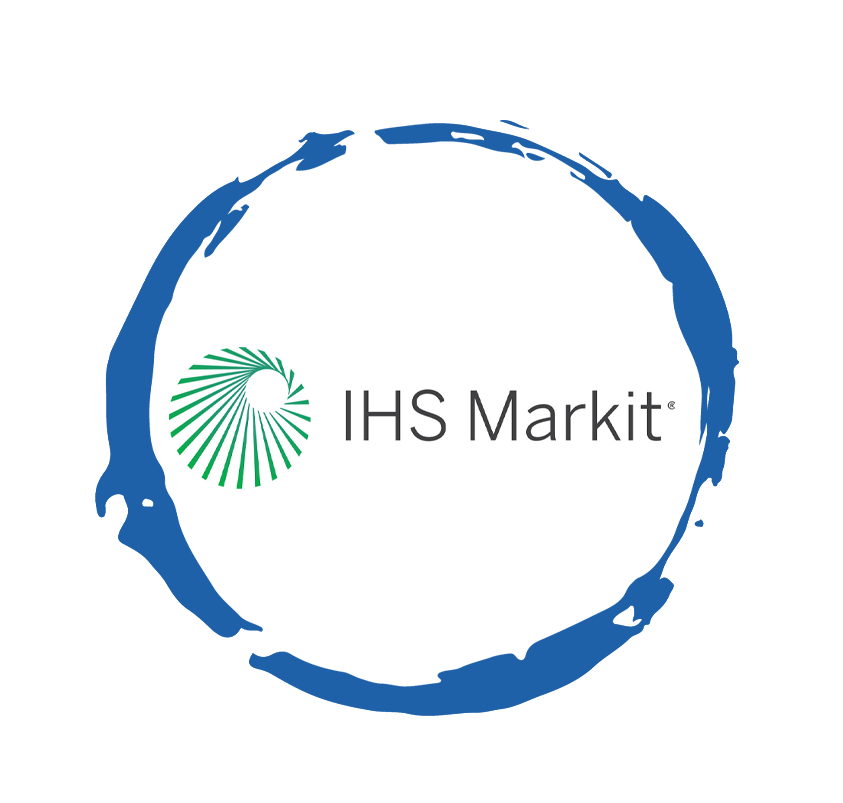
Richard Willis - Director

Ha Dinh - Project Lead
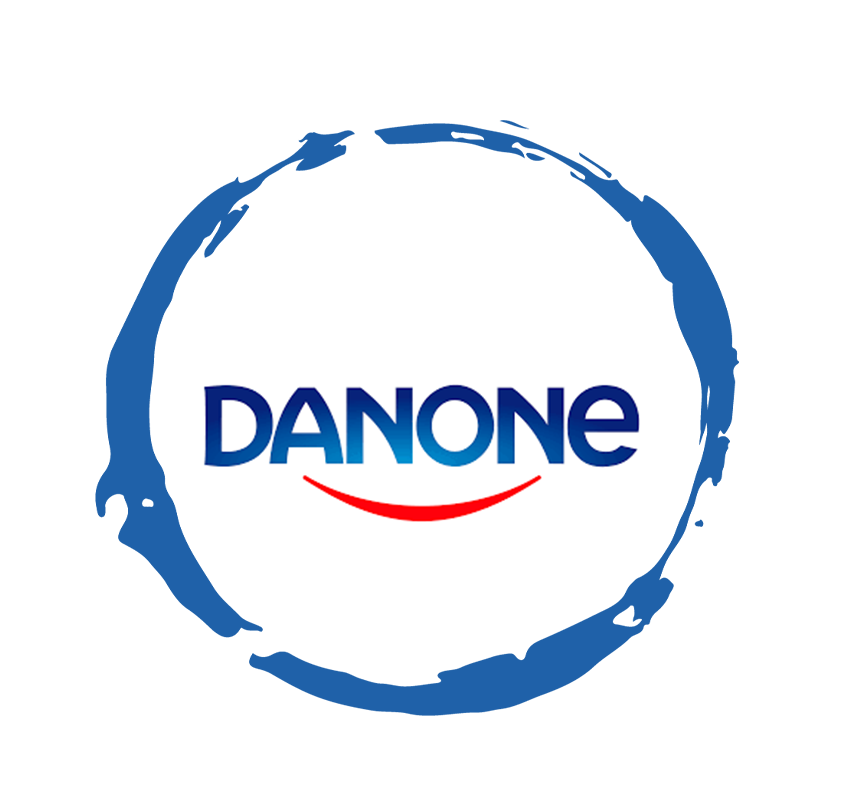
Geert Heestermans - Marketing Director

Louise Knox - Consumer Technical Insights

Aimee Shear - Senior Research Executive
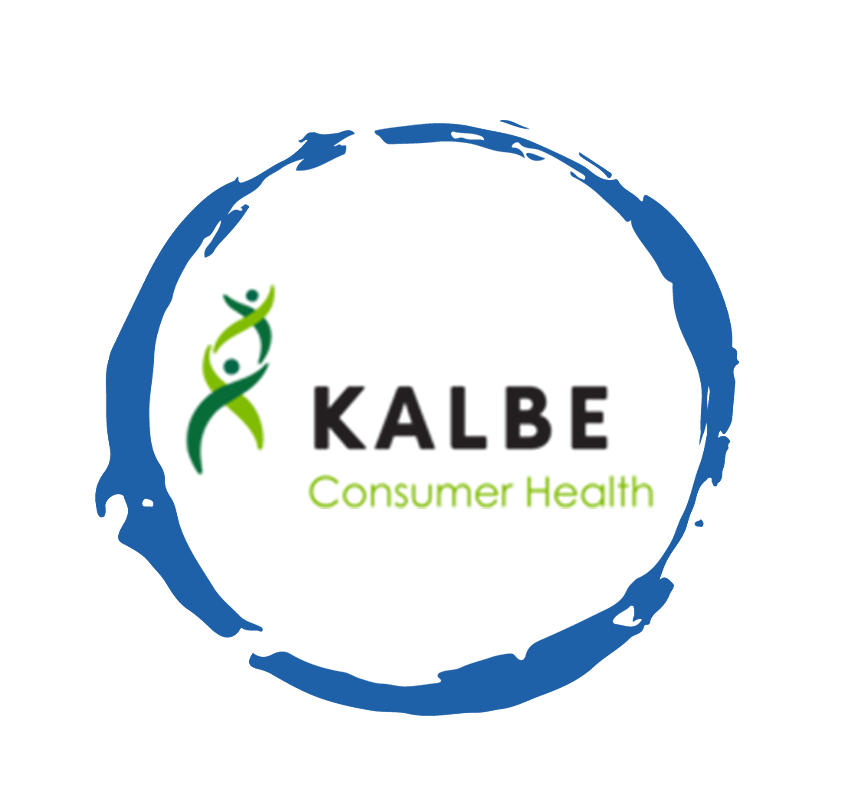
Dennis Kurnia - Head of Consumer Insights

Tania Desela - Senior Product Manager
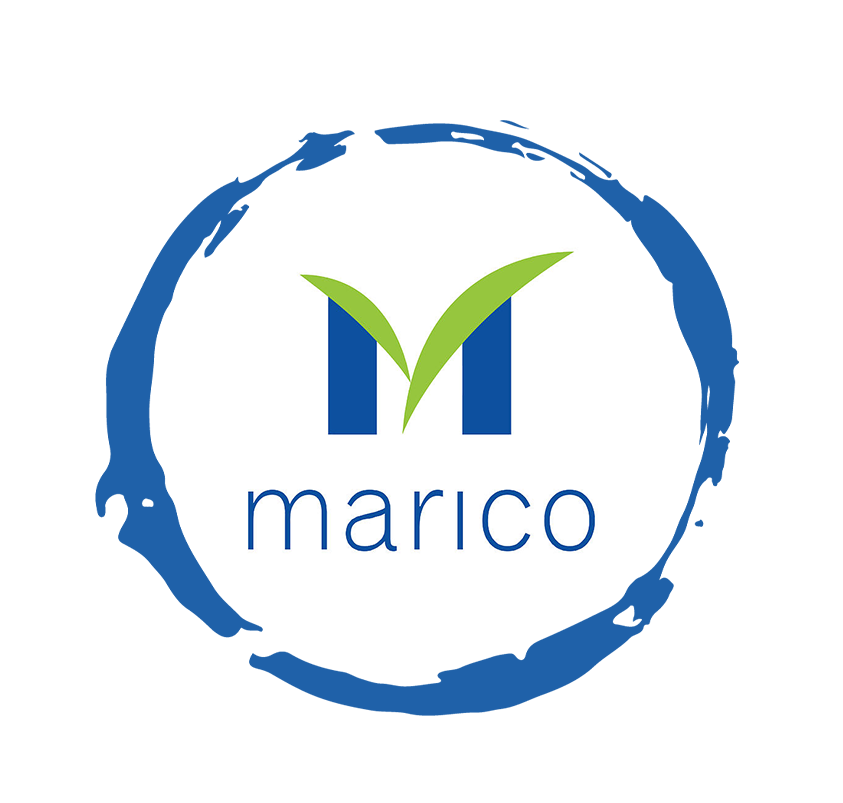
Thu Phung - CTI Manager
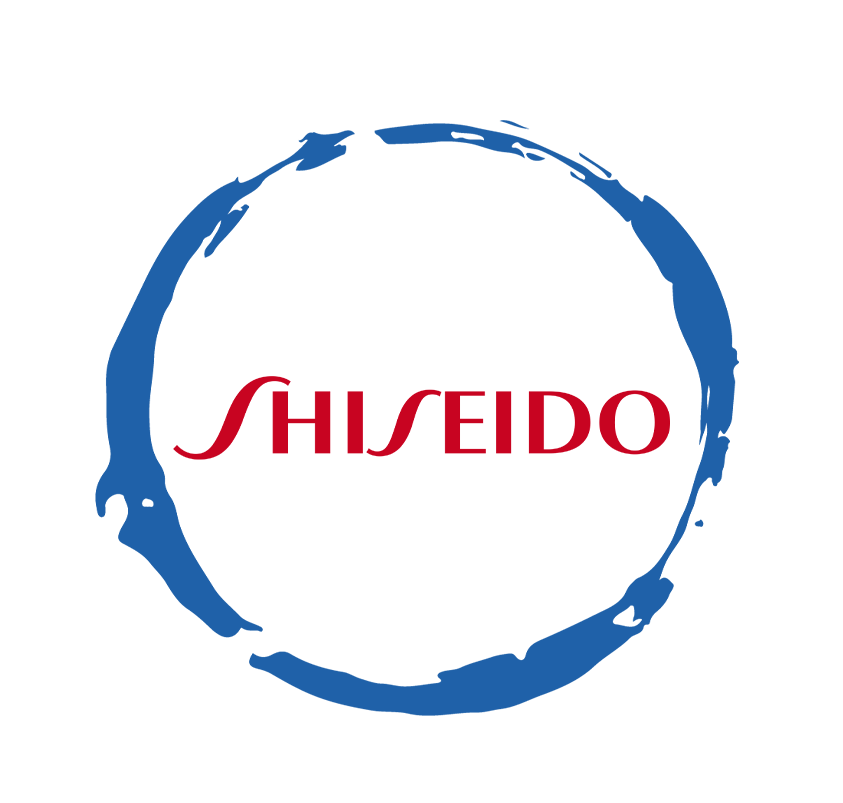
Linda Yeoh - CMI Manager

Cimigo’s market research team in Vietnam and Indonesia love to help you make better choices.

Cimigo provides market research solutions in Vietnam and Indonesia that will help you make better choices.

Cimigo provides a range of consumer marketing trends and market research on market sectors and consumer segments in Vietnam and Indonesia.

Cimigo provides a range of free market research reports on market sectors and consumer segments in Vietnam and Indonesia.
Please enter the information for free download.
The report will be sent to your email.
When downloading our reports, you agree to be contacted for marketing purposes.
Please enter the information for free download.
The report will be sent to your email.
When downloading our reports, you agree to be contacted for marketing purposes.
Vui lòng điền thông tin vào biểu mẫu bên dưới để tải về báo cáo miễn phí.
Báo cáo sẽ được gửi vào email bạn điền ở bên dưới.
Khi tải xuống các báo cáo của chúng tôi, bạn đồng ý được liên hệ cho mục đích tiếp thị.
Xin cảm ơn. Một email kèm với đường dẫn tải báo cáo đã được gửi đến bạn.
